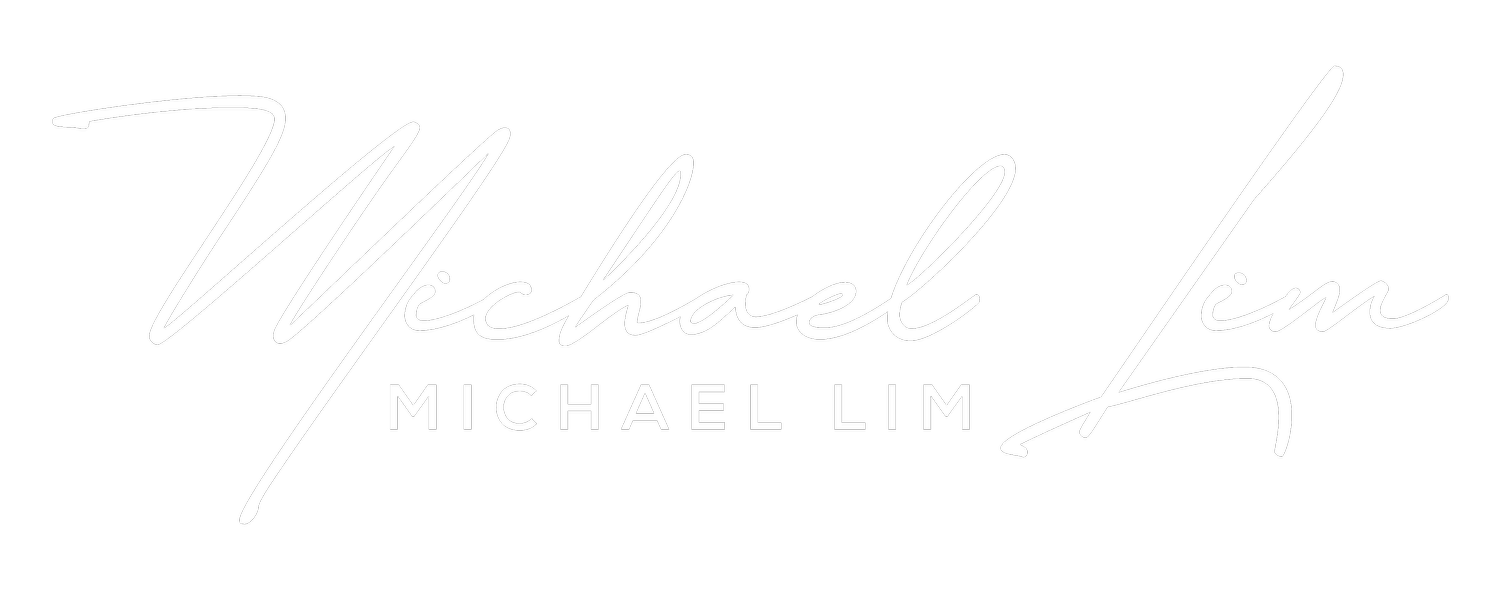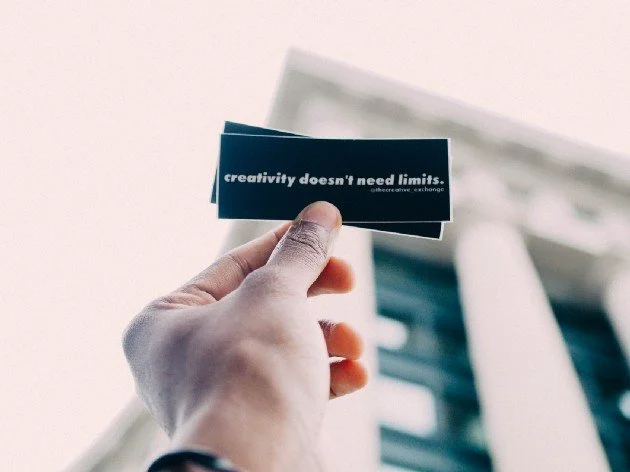4 Contradictory Lessons on Creativity
Learn to cultivate the only superpower humans have
Photo by The Creative Exchange on Unsplash
Creativity is a superpower.
With the rapid rate of automation, one of the only skills that jobs will require that robots can’t do (yet) is creativity. The ability to think outside of the box and bring fresh ideas to novel challenges will be highly valued.
The jobs that your grandparents and parents had will not look like the jobs you will have. They lived in an economy that focused on standardization and efficiency. Mass-produce the same widget, but for cheaper.
Your ability to follow orders and color within the lines was how you got promoted. Anything that deviated from this path was seen as too risky. Being creative equated to being an outcast.
In short, your ancestors simply didn’t have the opportunity to be creative.
But you do.
You live in a time where the gap between creativity and technology is closing. Creators have much more opportunity at their fingertips than at any other time in history to showcase their work and make money.
The problem of distribution has been solved through the platform economy of YouTube, Medium, Fiverr and many more. COVID-19 taught me that you can find, build and monetize an audience all from your bedroom.
I’ve seen many creative entrepreneurs like Ali Abdaal operate a million-dollar business from their apartments. Through his YouTube Channel, podcast and online courses, Ali has turned his passion into a lucrative full-time job.
I don’t know about you but I find that inspiring. It demonstrates a change in our economy. Passion and creativity are now highly valued. And people are more than willing to pay for it.
All that is really left to do is for you to create something worth distributing.
The catch is that you have to create something so good, and add so much value, that it simply can’t be ignored.
1. Creativity requires freedom and discipline
Creativity is the daughter of freedom and the grandchild of discipline.
Without any discipline for the creative process, you won’t have any freedom to create. Having habits are not a hindrance to creativity, they are what separates great artists from the mediocre.
Think about all the great artists in the world. They are dedicated to their craft. Almost to an obsessive level. They think, feel and breathe what they do.
Steven Pressfield calls this overcoming ‘resistance’ to do creative work. The professional sits down and gets it done. The amateur lets resistance get the better of them.
“Resistance will tell you anything to keep you from doing your work. … If you take Resistance at its word, you deserve everything you get. Resistance is always lying and always full of shit.” — Steven Pressfield
Jerry Seinfield, in his podcast with Tim Ferriss, details his “operating system” that has guided him through the 30 years he has been in comedy. This includes religiously sitting down to write, without fail, every day. Even if it is only for 10 minutes.
“But my writing sessions used to be very arduous, very painful, like pushing against the wind in soft, muddy ground with a wheelbarrow full of bricks. And I did it. I had to do it because there’s just, as I mentioned in the book, you either learn to do that or you will die in the ecosystem” — Jerry Seinfield
Discipline gives you more freedom for creativity. You can’t wait for inspiration to strike or to always feel motivated to create.
2. Creativity requires individuals and a community
It takes a village to nurture creativity. We often have this idea that creativity is sparked through a lone genius, entrepreneur and visionary working in solitude. Through sheer force of will, they bring their product to life.
Ideas that start individually need a community to bring them together. The iPhone and iPod may have been originally thought of by Steve Jobs but it required hundreds if not thousands of people to bring them to life.
Find your own group and tribe that will help nurture and support your ideas. The power of the internet is the ability to find a community on any niche interest you might have. Use it.
3. Creativity requires quantity and quality
“On average, creative geniuses weren’t qualitatively better in their fields than their peers. They simply produced a great volume of work, which gave them more variation and a higher chance of originality,” writes Adam Grant
What separated Shakespeare from other writers of his time? Why do we still read and reenact his plays in schools and production? How about Mozart or Thomas Edison?
The answer: They consistently produced more than others for a long period of time.
This is not an excuse to just pump out high-quantity but low-quality work. “Without learning from your mistakes, without actively pursuing how to improve, is like being a mouse on a treadmill,” writes Srinivas Rao
The odds of producing a successful idea are related to the total number of ideas generated. To generate just a handful of masterworks, Mozart composed more than 600 pieces before his death. Beethoven produced more than 650.
When it comes to idea generation, quantity is the most predictable path to quality. If you want to be creatively successful you need to produce more, consistently, for a long period of time.
4. Creativity requires confidence and the ability to look stupid
“If all we do is continually try to avoid being wrong, we’ll never be able to do work that’s unmistakeable. If on the other hand, we seek out opportunities to fail, learn from, and iterate on those failures, we increase the likelihood of creating art that changes our culture and ideas that change people’s lives.” — Seth Godin.
There is an old philosophical question: “If a tree falls in a forest and no one is around to hear it, does it make a sound?”
The same can be asked of creativity: If you create something and you don’t let anyone else can experience it, does it count as creativity?
Putting your work out there for others to see is the only way you can improve. If it is made to show, it is made to grow.
Too often, I see people not create because they are scared of failure. The anticipated shame or embarrassment from producing anything short of perfect is crippling to their creativity.
I am not judging. I have been there myself. For the longest time, I was so afraid of my colleagues or family seeing my blog posts. I thought they would judge or give me a hard time.
So I kept my work to myself. I would write articles in Google Docs that would never see the light of day. It was only after months of deliberation that I finally decided to publish my first article on Medium.
What actually happened? Nothing. Most people didn’t really care. I was met with a wall of indifference. And the ones that did care were really supportive.
I’ve since published over 50 blog posts. Not a huge number by any means. I would say my first 30 posts, besides a handful, were pretty bad. I’ll probably be saying the same thing about this article once I reach 200 blog posts.
And that’s the beauty of making your work public. Your audience becomes a witness to your development and maturity. People love to see someone grow and have a front-row seat.
Yes, you’ll cop criticisms, setbacks, and lots of rejections. But that’s the beauty of creating. Letting go of the need to look perfect could be the key that unlocks your own creative journey.
___________________________________________
If you enjoyed this article, you can connect with me HERE.
You can also support more of my work by becoming a Medium Member using my referral link: michael-lim.medium.com

